An Exclusive Interview With
SANDRO
MASTER OF PHOTOGRAPHY & FILM DIRECTOR
By Jasmine Sukary
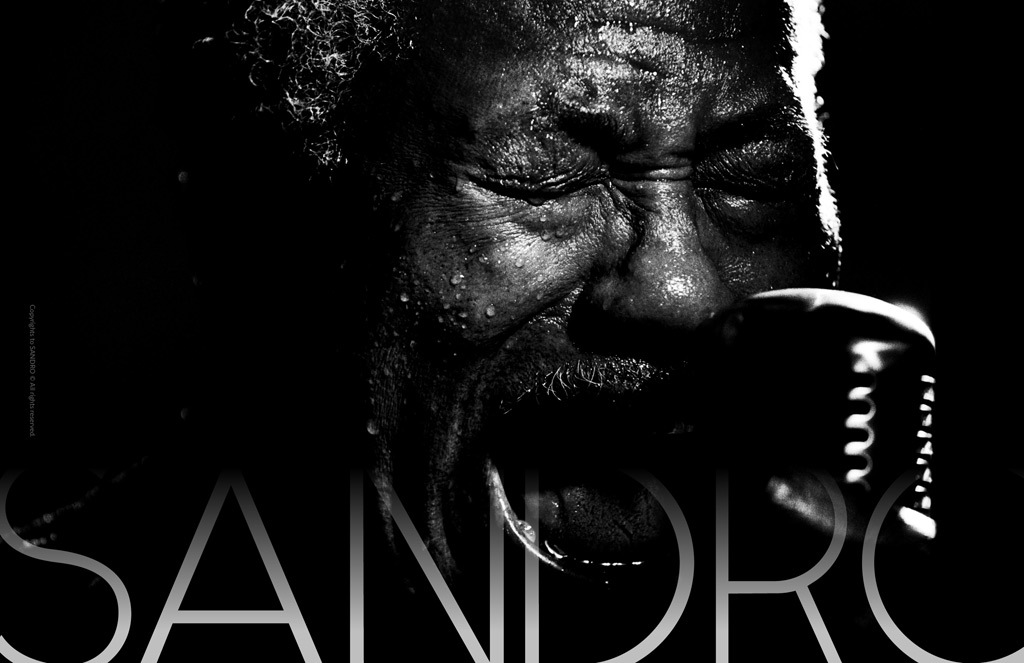
Copyrights to SANDRO © All rights reserved.
SANDRO MILLER (born 1958) is an American photographer (working professionally as “Sandro”) known for his highly expressive images and his close work with actor John Malkovich and the other ensemble members of Chicago’s Steppenwolf Theatre Company.
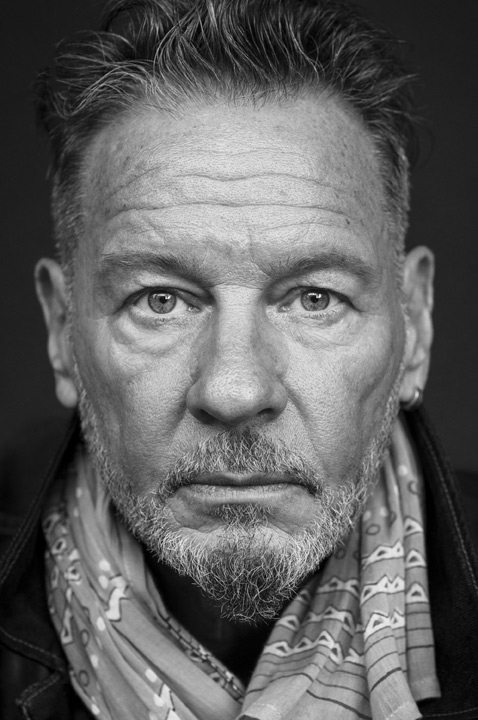
As a young teen, Sandro embraced the idea of making photographic portraits after seeing the portrait imagery of Irving Penn. He began photographing in Chicago at the age of sixteen and has since devoted his forty-plus- years career to creating expressive images from his elegant Ukranian Village studio.
With numerous award-winning commercial campaigns to his credit, Sandro is one of today’s most respected commercial and fine art photographers. He has photographed plenty of national advertising campaigns for a long list of clients including Adidas, Allstate Insurance, American Express, Anheuser-Busch, BMW, Champion, Coca-Cola, Dove, Gatorade, Honda, Milk, Microsoft, MillerCoors, Motorola, Nike, Nikon, Pepsi, Pony, UPS, and the US Army.
In 2001 Sandro was invited by the Cuban government to photograph their Olympic athletes. This project was the first US/Cuban collaboration since the trade embargo was imposed in 1960.
Sandro shoots all the promotional photography for Dance for Life, the Midwest’s largest performance-based AIDS fundraiser. He is also a member of the board of directors for the Museum of Contemporary Photography and is a member of the Chicago Arts Club.
Sandro had traveled to Morocco in November 2013 and shot portraits of 230 local tradesmen, nomadic people, snake charmers, fossil diggers, and Gnawa musicians.
In 2014 Sandro had re-created 41 photographs paying an homage to the world’s greatest photographers in a project titled “Malkovich, Malkovich, Malkovich: Homage to Photographic Masters,” using John Malkovich as the subject in each image.
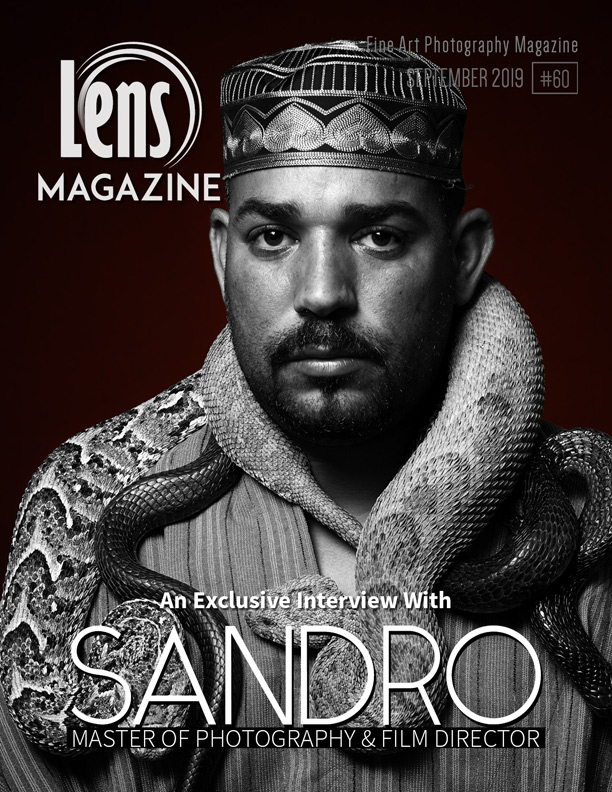
On the cover: EYES OF MOROCCO. Copyrights to SANDRO © All rights reserved.
Lens Magazine: Thank you for the interview, Sandro. I know you are in the middle of very stressed days, meeting with press and being occupied by preparations for your exhibitions in Spain. Let’s talk about these exhibitions. I understand you are in San Sebastian at the moment, and soon you will have an opening of the exhibition in Madrid?
SANDRO: Yes, I’m here in San Sebastian now for the San Sebastian International Film Festival 2019. We are exhibiting the “Malkovich-Malkovich-Malkovich Homage to Photographic Masters,” A project which was created in 2014-2016. It had taken 3 years – two years of research, and one more year to complete. So, that will be opening today, and then in September, I will be in Madrid, to open an exhibition of a work that I did with David Lynch, A 20-minute movie called “Psychogenic Fugue” (actor John Malkovich portrays a selection of characters from David Lynch films).
The first project, “Butterflies” featuring John Malkovich, started in 2011, where I was diagnosed with a stage four cancer, and in this period I had to take a year off of my professional work in order to do chemo and radiation and also to simply recover, and in this period I conceptualized that I want to do this project with John – to do a recreation of very iconic images from these master photographers, photographs that were always the images that had inspired me and influenced my work.
I thought they are some of the greatest portraits ever made. I can basically close my eyes and see all of them because they are embedded in my brain, powerful images that I’ve studied again and again, and still, I had this idea to say, “Thank you.” So, we had a two-year research before I even started to shoot John; I had to put together an amazing crew, people who are experts in makeup, clothing, wardrobe styling, etc. I had to make sure I have the right people working with me because if it wasn’t going to be absolutely perfect, I wouldn’t be satisfied. So in San Sebastian, we will be featuring six movies and 61 Images at the exhibition.
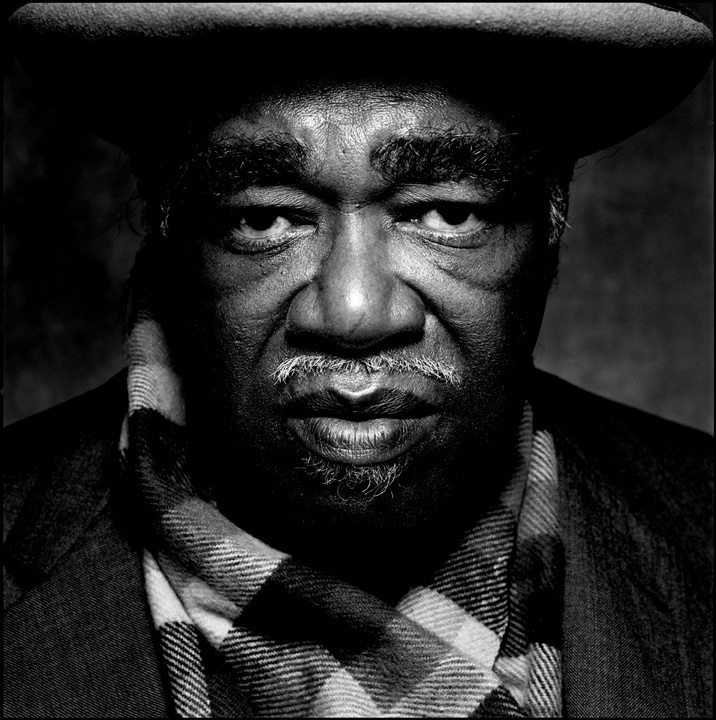
L. M.: You have been awarded for many International photography prizes, had published many photography books, your work has been published on the cover of important magazines worldwide, and you’ve created so many award-winning commercial campaigns for some of the world’s strongest companies. How does it feel to be in this position, and where does your tremendous amount of energy come from?
SANDRO: Well, my career started with commercial campaigns. I was born in Chicago, my mother had to raise 3 children by herself, my father died in an automobile accident when I was four years old, the situation was not easy economically, my mother was an Italian immigrant, and she couldn’t work while raising three children. So when I discovered photography at the age of 16, I fell in love with the field and I knew I found a career. I was very passionate about it, and I knew I don’t want to grow up to be poor. It was the work of Irving Penn that really moved me and created that passion. It’s one of those moments where you see an image, and it’s so powerful that everything changes in your life. But I didn’t know anything, anything, about photography at the age of 16, so I started to look for books, I bought a camera and took several courses in high school, and because we couldn’t afford for me to go to college, I went to a community college in Illinois, And it was these teachers in the community college that was very supportive and told me I should go out there and look for my path in photography. And so, I started to establish my commercial career. I knew I had to make money and so I created a wonderful, wonderful career, but my soul was not being fulfilled, I felt there was something deeply missing in the work that I was doing. I was enjoying the work very much. I loved solving problems for clients. I love photographing people. I was doing major campaigns all around the world, but there was something missing, the joy of creating and producing your own work, and it was at the age of 30 that I knew I have to create my own personal work. So I began using the money that I was making from the commercial campaigns for producing personal projects.
It was after ten years in my career that I integrated my art into my repertoire. I also believe that this artwork, my personal work, will keep me relevant throughout my entire career. I’ve never believed that my commercial work, no matter how high-level it is, will make me relevant throughout my career.
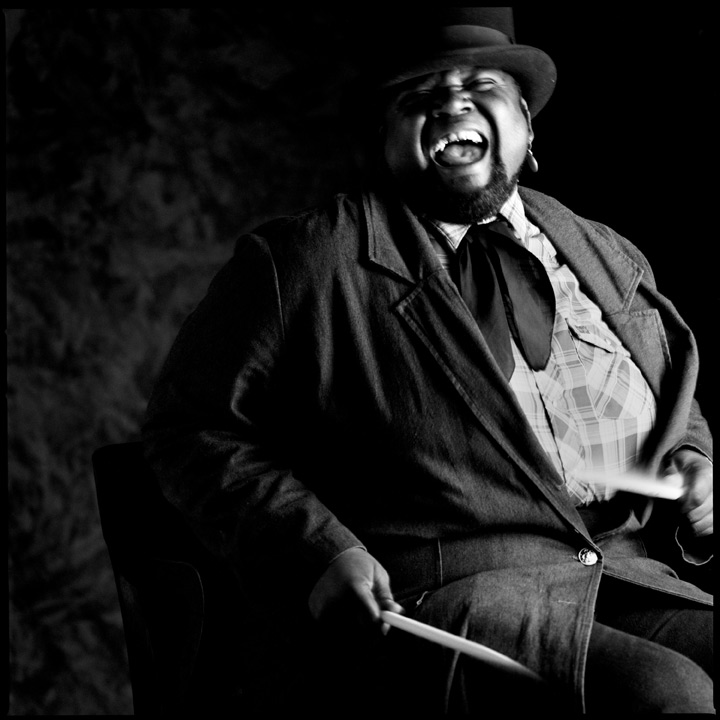
L. M.: Do you feel that you’ve reached your goals?
SANDRO: When I started my career at such a young age, I didn’t think I will have such an impact on the photography world as I do, and since you get to a certain level, you began to test your abilities. When I was young, I knew there’s a certain level of potential, and as I exceeded the potential there, I got to the understanding that the sky’s the limit; that you can do anything, anything in this world. I’ve made a decision that there is no limit. I can do anything that I want even with a very little amount of money, because if you put your heart, your soul and hard work into something, it will lead you beyond the potential you ever imagined you had. It’s all inside of you.
The potential is endless. The only thing that really gets in the way of potential is fear. And if you can leave this fear aside, everything is possible. Anything is possible in this world!
And when you feel fear, you need to surround yourself with people that really understand your motive, and together you will get through the fear. None of these projects are ever done entirely by ourselves; it truly takes a village to do a great project. In my projects, I’m the idea person; I’m the guy who directed, I’m the guy who chose the people involved, but these people that are involved are such an important element to a very successful shoot.
In every project, whether it’s a commercial shoot or a personal project, it’s the team that truly understands the idea and, with their expertise, makes it happen.
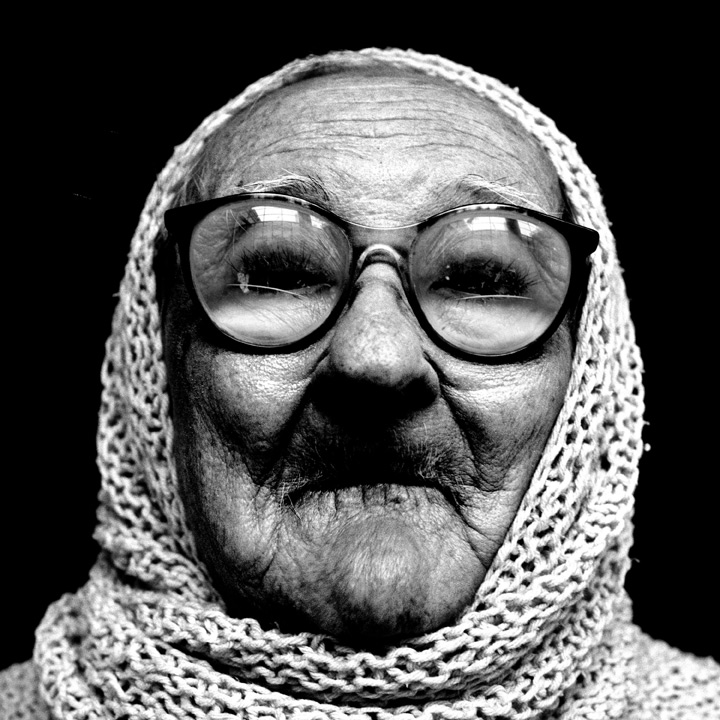
L. M.: Your partner in life and in business, Claude-Aline Nazaire Miller, is a gifted photographer and videographer. Would you say you inspire each other? Did you work together on some of your past personal projects?
SANDRO: Claudia is my wife, and we’ve been together for the past 15 years. As I met her, I knew that I met my soulmate. I knew I found my partner. She truly understood what I need to do with my life. She understood the importance of photography in my life. And with this understanding came unbelievable support. She became my encourager, she became my rock, my shoulder, she believed in me, and she knew my right direction. She pushed me and really made the best of me come out in my work. Because of her deep love, my career became strong and got in the right direction.
For the first time in my life, 15 years ago, I had someone, an amazing woman, that truly understood what I was meant to do in this world. I’m so grateful for having my children, my wife, and my photography. If you have someone in your life that supports you and encourages you to keep going, even with all the criticism around, you need to value that and inspire each other deeply.
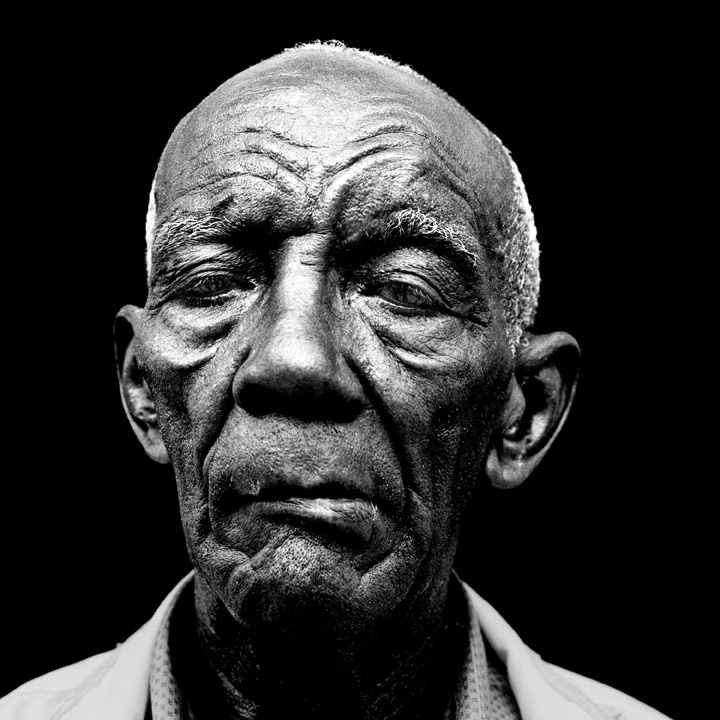
L. M.: In your past Portrait projects “Cuban Portraits” and “Eyes of Morocco,” you faced the challenge of taking portraits of hundreds of people. What is your communicative approach when you need to take a portrait of a person? Do you get to know the person before documenting them? How do you “break the ice” with a person you’ve just met?
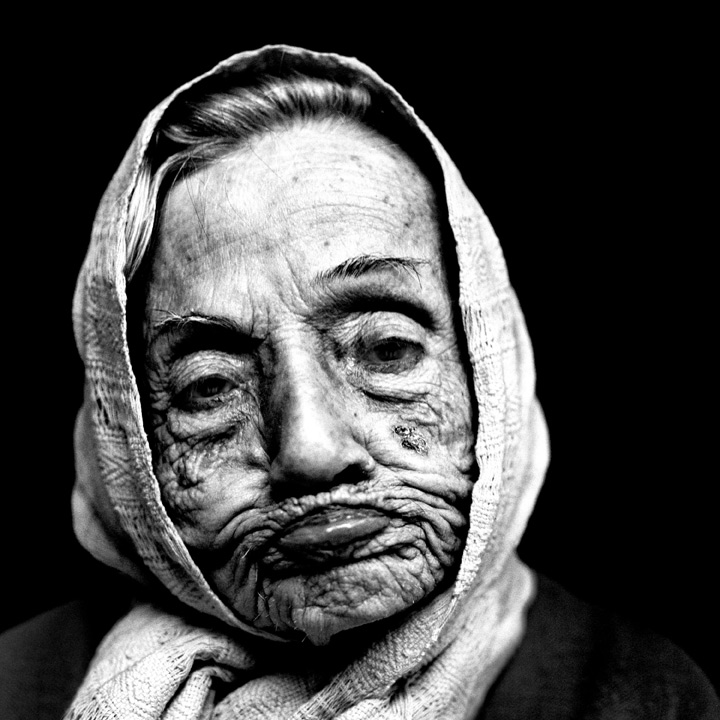
SANDRO: Well, I take photographs of so many people around the world, from the biggest celebrities in the world to the most regular normal people, whether it’s a bullfighter from Spain, Moroccan workers throughout their country, or indigenous tribes in the middle of the jungle in Papua Guinea. There’s always a communication gap, I don’t speak the languages of all of these people, so I try to have an interpreter – but even with the interpreter, it’s sometimes difficult to really express my needs. So, first of all, I try to express my respect to each person. It doesn’t matter if it’s a celebrity or a homeless person. I will always show them I appreciate them. I choose every single man or woman coming to my studio, and I choose them with respect, care, and love.
I always want to know more about them. They are interesting to me. I’m also quite a ‘hand person’; it doesn’t matter if it’s a very strong football player or the most gentle ballerina, I will hold their hand.
I will touch their shoulder and look into their eyes, and through the eyes, we will communicate, and you will know that I very much care for you. And the result of this special communication can be seen through my photographs, that people look into the camera, and in their eyes, you can see they feel that I want to know their story. They share with me the secret about their life, and they know I appreciate it.
And that’s my style! My style is to capture moments of secrets that leave the viewer, wanting to know more.
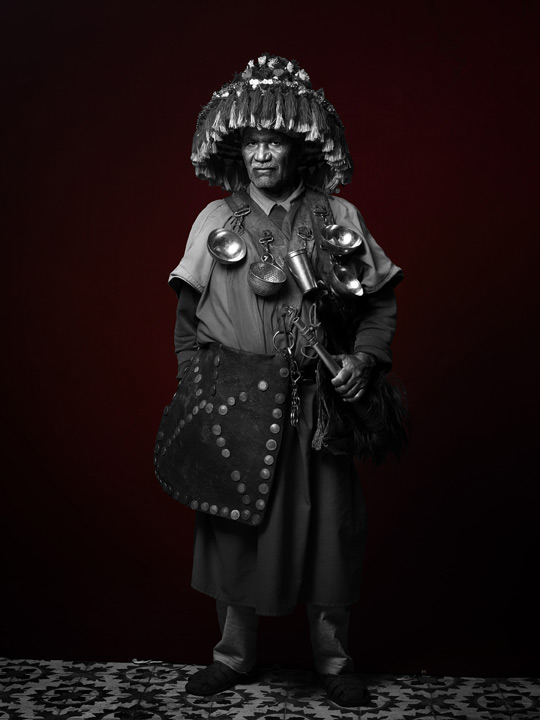
L. M.: In the “Eyes of Morocco” project, we can see a red gradient background while the figures are portrayed in black and white – you reduced the color to grayscale, which made the images very elegant. What technology/software/camera gear do you use to get the right results you are looking for?
SANDRO: Yes, let’s talk about that a little bit. First of all, Technology means nothing to me. Absolutely nothing. I don’t care about the camera or how advanced it is. I can take a camera that’s 100 years old or a camera priced $5, and I will shoot a very, very wonderful project. I’ve never been a technical geek. For me, it’s all about the connection with the viewer and the person that’s in front of the camera. It’s about the light, it’s about emotions, about compensations. It’s not about Technology.
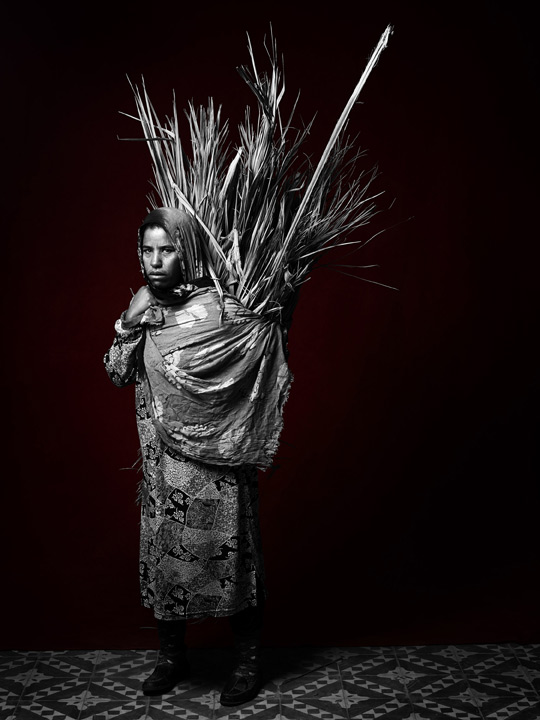
The reason why I did the “Eyes of Morocco” with a red background was mostly because I was inspired by two great projects: “The workers in Germany” by August Sander (a German portrait and documentary photographer), and The Urban New York Workers by Irving Penn. That was where the inspiration came from, but my real need was to shoot all occupations in Morocco and to create a combination of black, white and color that would look spectacular. I have never seen one project in my life that combines color with black and white that really looks good. It usually looks terrible. You’re dealing with very cheesy, very computerized options, and so, I had the idea that I’m going to combine both together, and I’m going to make it wonderful.
The viewer should not pay attention to the background; almost shouldn’t see the background. It’s the figure that the viewer is focused on, and then, subliminally, the viewer will notice the background. This extreme contrast of black and white is Sandro. This is what I’m known of; this is my style.
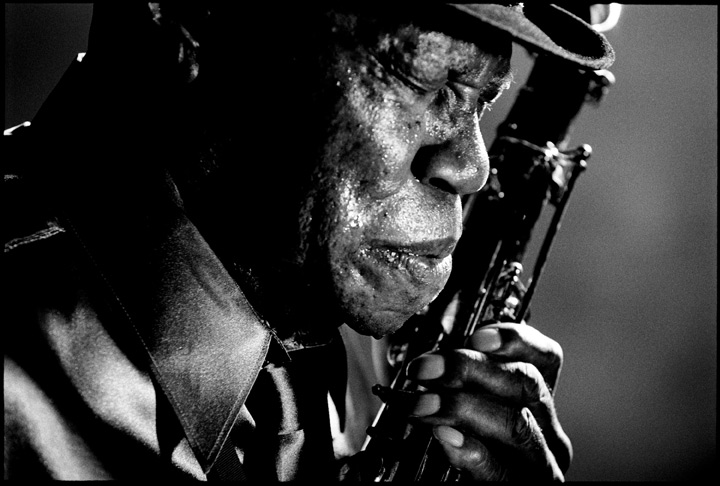
L. M.: Let’s talk about another project of yours, Blues. Where and when did you shoot it?
SANDRO: It was after ten years I was shooting commercially, and I wanted to create a personal project. The Blues Project was actually my very first personal project, ever. I made the decision that I wanted to do some painful work, work that came from my heart. Now, I’m coming from Chicago, where blues is a major part of life. It was fascinating, all these amazing blues musicians that were so eager, living in Chicago, or just coming through it. And I love blues. When you fall in love with music, you fall in love with the musicians, then you want to document the musicians. So often I would go to the club, and I would photograph the musicians on stage, but that wasn’t my style, My style was really to have them in an intimate photo session. I invited them to my studio, they could come after a gig, and we had an extremely long night, just talking, playing some music, having something little to drink. We talked about blues, we talked about their life, and I did all these photography sessions myself. I was very young, I didn’t have any money for a makeup assistant, and so on, so a lot of these projects were made by just me and the artists. It was so intimate and such a beautiful, beautiful challenge. It was such a privilege for me to be able to do one on one with these amazing musicians.
This project is almost ‘primitive’ with the light and the composition, with style not yet to have been refined. My style was just developing as I was very young, in my early twenties to my early thirties. I wanted to become a master of photography, and I think that only after many years of experience… For me, it was all try and error, studying from books, from other photographers’ projects, trying to understand how they created these projects. I assume that just after a work of 30 years of studying and experiencing you can truly become a master of your life.
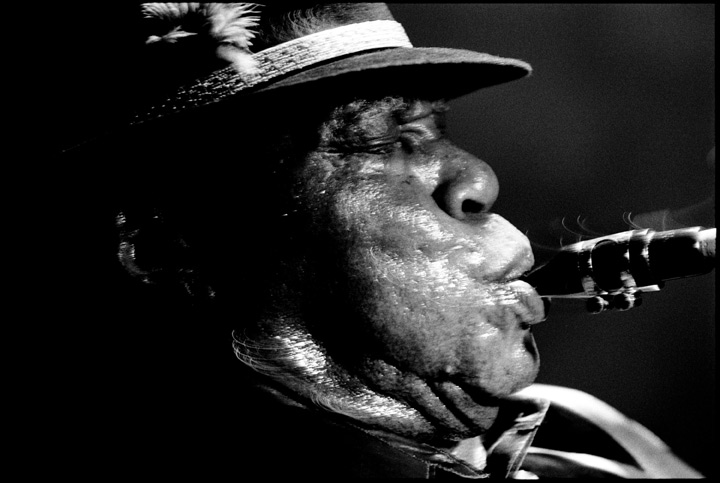
I’m not sure that students that come out of school have the knowledge that they need. I don’t think you can just learn photography. It has to come from experience, from doing projects and from doing research to get to a deeper level of understanding. Maybe you can learn about the history of photography at school, but you don’t learn how to be a photographer in school.
To be a great photographer is all about the soul. It’s all about passion and your life’s experience. I have these students come to work with me just after their graduation – they have a huge dept of knowledge and understanding, yet after 2-3 weeks of working and experiencing in my studio they say, “I’ve learned more in three weeks than I had in the past four years.”
L. M.: Let’s talk about the importance of teaching in your career.
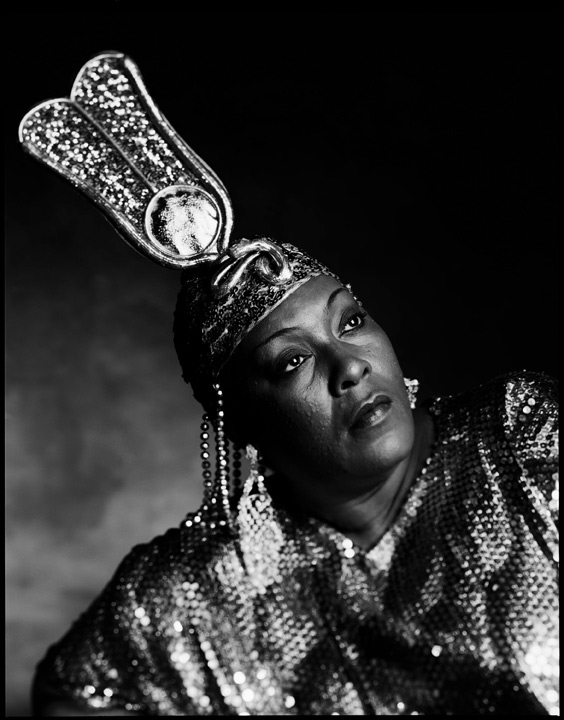
SANDRO: Teaching gives me joy. It’s the giving to other people that is so important in my career. I love doing these workshops that I put on because I feel that they are so open. I really want to pass every knowledge that I have gathered over the last 45 years. The purpose is to go back, to open the hearts and souls of these photographers.
In this Instagram generation, I don’t think that there’s an occupation out there that has more people trying to get into it than photography. So as a young photographer, as you reach a certain level, the best way to learn is to go to a workshop. If you find the right teacher that gives fully from himself, that wants to open up and to pass all the knowledge that he has; it’s a tremendous amount of information that’s going to help you become a better photographer.
L. M.: So when and where will you do the next workshop?
SANDRO: My next workshop will probably be in my studio in January or February 2020. I just finished a workshop in China. We are trying to get the same group to go to Thailand and Japan for some more workshops. It’s something I truly enjoy. I have my personal work and commercial work, and then I spend 20-30 days a year teaching.
L. M.: What advice do you have for young photographers trying to make their way in the photography field?
SANDRO: I would say to them – first and foremost, to believe in yourself. If you really feel that you want to be in the photography field, that this is your destination in life; if you really want to be called a photographer, you must dedicate yourself every single day to photography. You must be out there taking pictures; You must go to galleries and museums, you need to purchase books and magazines from around the world, to see what’s going on in the field, to see what they are doing in Germany, in Asia, in the Netherlands. You need to experience photography from around the world. It’s not a part-time gig. It’s seven days a week. You must dedicate yourself to the photography.
You must go for it with no fear. If you have an idea, you must go and follow this idea.
And forget about these 20-30 instance likes on Instagram. Dedicate yourself to a lifetime of work. Projects shouldn’t be running only a weekend, sometimes it takes weeks and weeks, sometimes years to really develop and produce.
Everybody wants to be famous, everyone wants to be successful, but to be a really great photographer takes a long time of devotion.
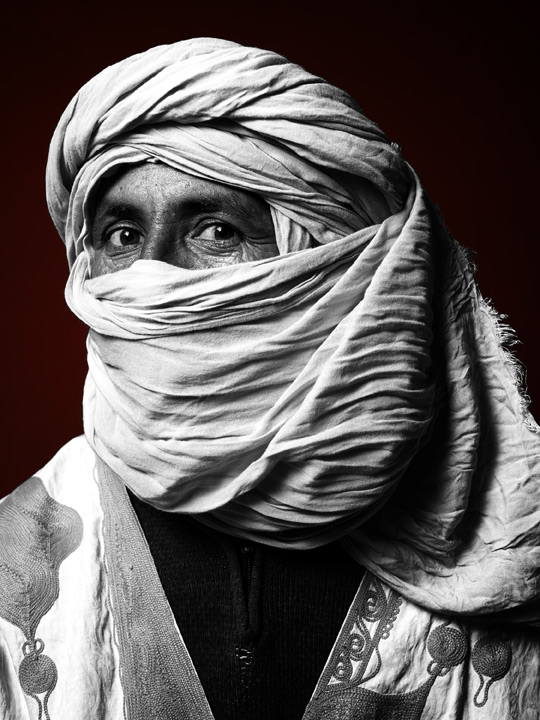
EYES OF MOROCCO
Inspired by Irving Penn’s “Small Trades” and August Sander’s “Citizens Of The Twentieth Century” I journeyed to Morocco to pursue my project “EYES of MOROCCO” – a project that would consist of over 230 portraits photographed over 20 days and would take me from the city of Marrakesh, through the Atlas Mountains to the small surrounding cities of the Sahara Desert.
With the expectation of shooting all the portraits in a very controlled lighting environment, my team and I would venture into the streets and bring back the working people of Morocco to my makeshift studio set up in rented apartments, riads, mud houses and tents made of Moroccan blankets. It was there where we made friends and began to understand this country, its heritage, and its people. It was there where we witnessed the effect of cultural oppression on their women, making them shy, shameful, unworthy, and unattractive. This was a difficult thing for me to see coming from such a free country. It was the people of the desert; however, that somehow changed me inside. They were so real, loving, and truly some of the most special people I have ever had the chance to work with. It was so inspiring to see how they live so simply.
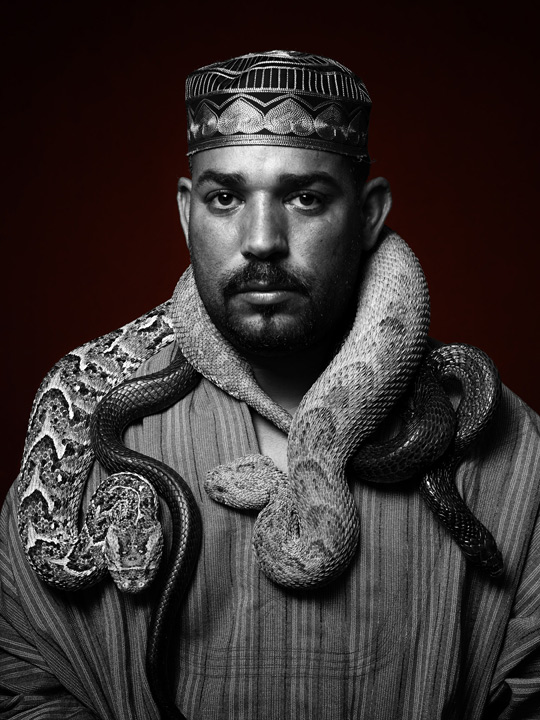
Here, in this book, you will find a small edit of my portraits, a few landscapes and documentary images taken as I made my way through this special country. I hope you enjoy my selection of photographs that I choose to share with you. When I go through this work, I feel very grateful to be a photographer and for my opportunities to travel and meet the beautiful people of this world.
CONTACT SANDRO
Website: www.sandrofilm.com
Instagram: @sandro_film
Twitter: @Sandrofilm
Linkedin: sandro-miller-49027a1b
Facebook: SandroProductions

